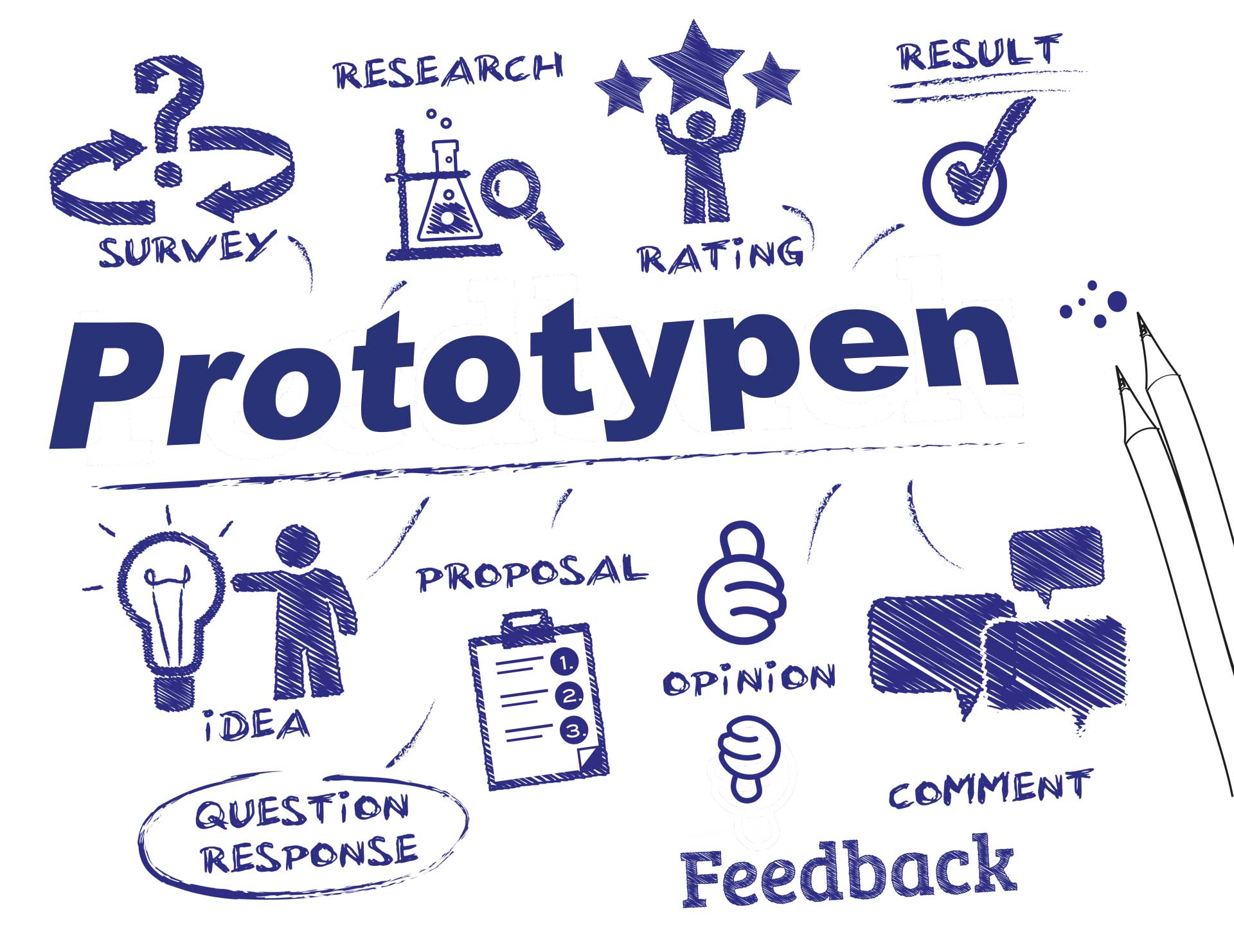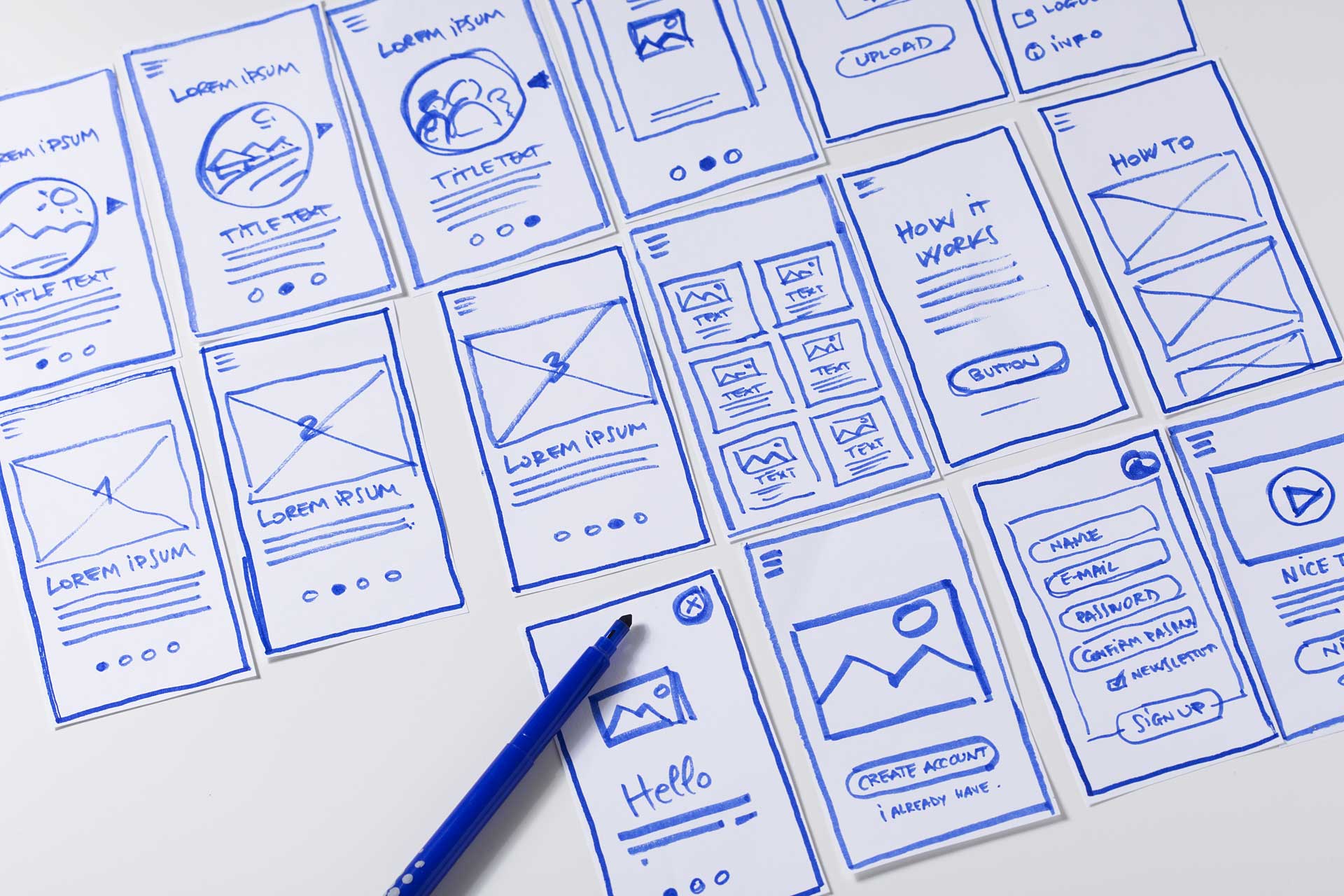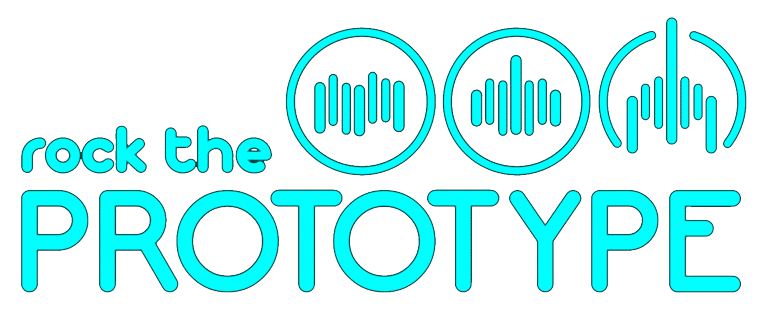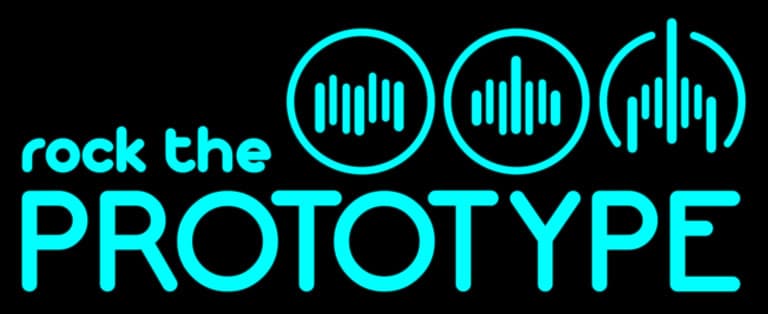What are prototypes?
Prototypes are the most effective way to bring an idea to life. The prototype is the result of a first software design. With the digital age and not least with the trend of Design Thinking, the prototyping of software is increasingly being taken into account in the agile development of software prototypes.

Prototypes – Rock the Prototype
Prototyping refers to the production of software in the form of repeated presentations of that same software, with the maturity of the software solution progressing with each presentation. Prototypes are used to better understand requirements.
Why is prototyping so popular?
The prototype design closely follows science-oriented procedures, but at the same time is highly practice-oriented.
The reason for this is as follows: The combination of design thinking with prototyping is about creative approaches to solutions and their formulation as a thesis. These theses are subject to continuous testing with prototyping by verifying the assumptions made with regard to their truthfulness.
Step by step approaching the problem solution with the Prototype – SIMPLY start!
Prototyping is therefore particularly suitable for successively approaching a problem solution and is therefore also used as a method in various process models – including design thinking.
Step by step from the idea to the solution

Prototyping and test cases – step by step from idea to solution!
Due to the regularly recurring involvement of stakeholders through ongoing feedback in the development process, prototyping serves the client on the one hand to reduce project risks due to misguided software development, and on the other hand, a prototypical approach in software development is expected to ensure that the delivered end result most accurately meets the expectations of the user group. Translated with www.DeepL.com/Translator (free version)
Prototype and test cases
We use the prototype to generate test cases that we check to see whether our assumptions turn out to be true or false. This basic principle is a very obvious methodology in computer science.
Iterative prototyping
Prototyping is an iterative process. No matter for which area we want to create a new innovative solution, the same prototyping process is always used.
This approach to prototype development is not linear, but unfolds its effectiveness through repetition. It is precisely this iterative approach to prototyping that can be anchored very well with the prototypical approach in a Large Agile Framework.
How does prototyping work?
Preconceptions and entrenched practices are eliminated as much as possible during prototyping, so that everyone involved in the design thinking process is open to new solutions. Iterative processes – as they form the basis of prototyping & design thinking – thus combine openness to results with solution finding.
What are the prototyping phases?
Phase 1: Observation
- Analysis of processes through observation
- Empathic interviews, through personal conversations and follow-up questions
- Research: Gathering information from a wide variety of sources
- Detailed Immersion: Why?
- What do the people say?
- What do they think?
- How do they feel?
- How do they act?
- Persona Profiles
- Productive meeting (informal conversation)
- Story and Capture
- Empathy Map
Phase 2:Definition of the problem area
- Point of View: Development of a profound understanding of the human being and his problem space
- PoV-Cloze:
Why?[User] wants [Bedarf] because [surprising insight] - PoV-Analogy
- Insight Cards
- Concept Plan
- Critical Reading Checklist
Phase 3:Generate ideas
- Draw border
- Actively build empathy
- Prototype construction
- Feedback conversations
Prototype variants
Prototypes come in different forms and specialized prototype types that are particularly suitable for a specific goal. Design patterns help to successfully realize a software prototype with a tried and tested methodology.
Rapid Prototyping
Rapid Prototypingis an accelerated form of prototyping; this applies to prototyping in the context of Industrie 4.0, such as 3D printing, and likewise to software prototypes. Rapid prototyping is intended to support the course of the project, especially in the early phases of the development process, with particularly fast and cost-efficient generation of prototypes.
The danger of rapid prototyping is that the underlying structures soon “burst at the seams” due to insufficiently defined requirements, making refactoring or redesign necessary.
Types and dimensions of prototyping
Not only different types but also prototyping dimensions exist.
Horizontal prototypes
While horizontal prototypes look at the most diverse aspects of a system – such as its functional scope and usability – in the form of navigation concepts, vertical prototypes focus primarily on the technical aspects such as the underlying system architecture.
The mockup: The horizontal prototype, on the other hand, is best suited to depict a broad view of a system, for example by visualizing the complete user interface concept.

Horizontal Prototypes – Mockup – Rock the Prototype
Thus, mockups, for example, are considered horizontal prototypes. A horizontal prototype deliberately hides architectural implementation details. This makes horizontal prototypes particularly well suited for giving stakeholders an early understanding of the basic functioning of a system. This enables clients to assess at a very early stage of the project whether a planned system is suitable for solving the intended task in the desired way.
Vertical prototypes
Vertical prototypes thus take a holistic view of all system levels (layers) of a system, including data management. The vertical prototype – often known as proof of concept – maps the levels of technical implementation of a system and thus reflects all system layers.
Clarify uncertainties with the vertical prototype
Vertical prototypes clarify uncertainties with regard to a planned implementation and are thus suitable for early assessment of the functioning of a planned system. Typically, vertical prototypes evaluate database schemas, optimize algorithms, or attest to the reliability of a system. Likewise, vertical prototyping tests critical runtime requirements by checking agreed response times and forecasts the total effort for realization as accurately as possible.
Throwaway prototypes & evolutionary prototypes
Furthermore, throwaway prototypes are distinguished from evolutionary prototypes: While throwaway prototypes are designed to capture an issue as quickly as possible and provide little depth in terms of reproducing the accuracy of a mapped scenario, evolutionary prototypes are many times more detailed. Even if an evolutionary prototype already closely resembles the final product, it is usually focused on a particular aspect of a system and reproduces it as faithfully as possible.
The similarity to the finished software product is also due to the fact that the evolutionary prototype approaches the final end product in its further development process with each iteration stage. Both prototyping types are conceivable for vertical as well as horizontal images.
In terms of the degree of formalization, prototyping can be classified as a constructive process with predominantly qualitative characteristics.
To ensure that prototyping continues to correspond to the structured procedure that is fundamentally required for software development, it is advisable to consider proven process models from the areas of software architecture, software engineering and software design.

